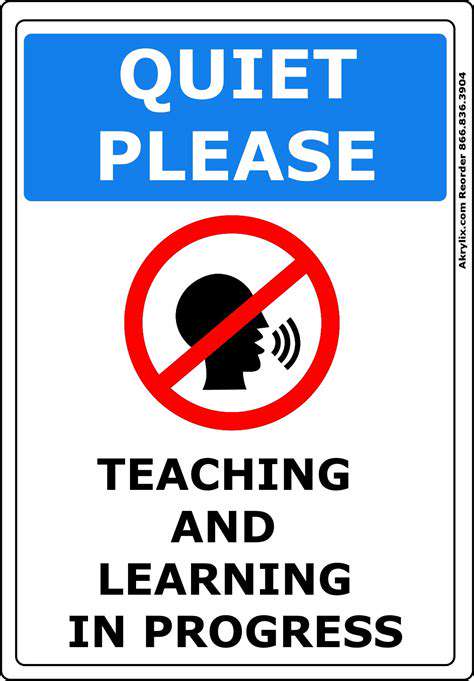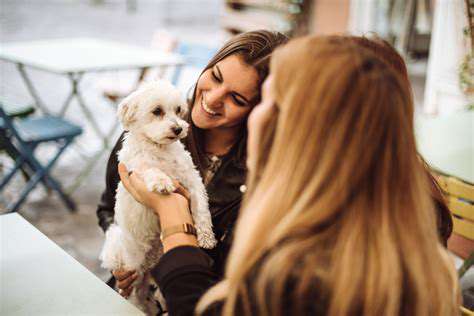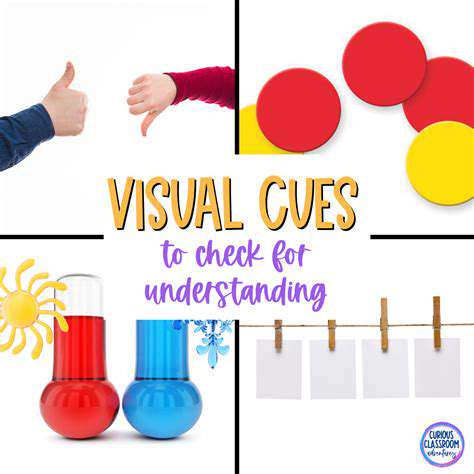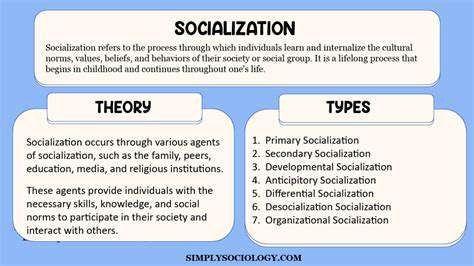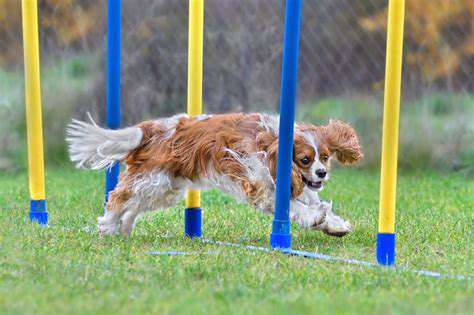Unleashing Your Puppy's Potential: The Power of Early Experiences
Early Socialization: Crucial for a Well-Adjusted Pup
Those initial weeks with a puppy shape their entire future. Introducing them to diverse experiences—like bustling parks, chirping birds, and friendly strangers—builds their confidence. Think of it as giving them a toolkit to navigate life without fear. Structured puppy classes work wonders, offering safe spaces to practice social skills with peers. The key? Keep every encounter upbeat and reward curious behavior with their favorite treats.
Variety matters. Alternate between quiet neighborhood walks and brief visits to pet-friendly stores. This gradual exposure prevents overwhelm while teaching adaptability. Always watch for subtle signs of stress—flattened ears or tucked tails mean it's time to retreat and try again later.
Housebreaking: Patience and Consistency are Key
Successful potty training hinges on predictability. Take pups outside hourly, plus immediately after naps and meals. Celebrate outdoor successes with enthusiastic praise—they thrive on our approval. When accidents occur (and they will), enzymatic cleaners erase odors completely, removing temptation to reuse the spot.
Crate training accelerates the process when done right. Dogs instinctively avoid soiling their sleeping space, making crates valuable teaching tools. Just remember—no puppy should stay confined for more than two hours during the day.
Nutrition: Fueling Growth and Development
Puppy bodies are building blocks in motion. Premium foods formulated for their breed size provide exact nutrient ratios for bone and muscle development. Consult your vet about portion sizes—overfeeding leads to joint stress in large breeds. Resist those begging eyes; human foods often contain hidden dangers like xylitol or excessive fats.
Meal timing matters as much as content. Three scheduled feedings prevent blood sugar crashes in toy breeds while teaching digestive regularity. Always keep fresh water available, especially after play sessions.
Training Fundamentals: Building a Strong Bond
Training isn't about commands—it's conversation. Five-minute sessions scattered throughout the day work better than marathon drills. Pair sit with breakfast, practice stay during TV commercials. High-value rewards (think chicken bits) make lessons memorable.
Incorporate training into playtime. Tossing a ball? Have them sit first. Offering a chew toy? Use drop it practice. This seamless integration helps puppies see obedience as part of daily fun rather than chores.
Veterinary Care: Preventive Measures for a Healthy Pup
Wellness visits aren't just for shots—they're developmental checkpoints. Vets track weight gain, joint formation, and dental eruption. Early parasite prevention is non-negotiable; worms stunt growth and cause lifelong issues. Ask about local disease risks—some areas require extra vaccinations against leptospirosis or Lyme.
Make vet trips positive. Bring favorite toys, practice handling paws at home, and request tasty treats during exams. This transforms scary visits into happy outings.
Socialization: Introducing Your Puppy to the World
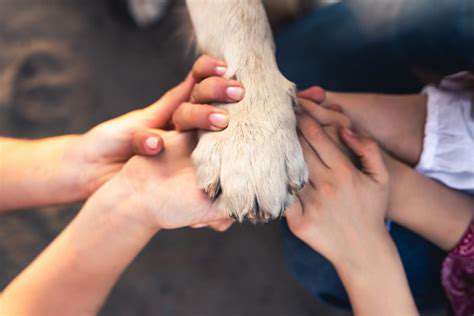
Socialization Fundamentals
Proper socialization isn't about quantity—it's about quality experiences. One calm introduction to a mail carrier teaches more than ten rushed encounters. Always let puppies investigate new things at their own pace, retreating if they show discomfort.
Introducing New Environments
Start small—a walk around the block before tackling crowded farmers markets. Carry nervous pups at first, letting them observe safely from your arms. Gradually increase complexity: quiet streets → busy sidewalks → outdoor cafes. Always watch for overstimulation.
Meeting Other Dogs
Not all dog greetings are equal. Seek out vaccinated, patient adult dogs to demonstrate polite behavior. Parallel walks (dogs moving side-by-side without direct interaction) build comfort before face-to-face meetings. Avoid dog parks until vaccinations are complete.
Encountering People
Teach visitors the right approach: no looming, let the pup initiate contact. Carry treats to distribute—soon your puppy will associate new people with good things. Include people wearing hats, using canes, or carrying bags to prevent future fears.
Handling and Grooming
Turn care into cuddles. While petting, gently handle paws, ears, and tail. Pair nail trims with peanut butter licks to create positive associations. Brush for just thirty seconds initially, gradually increasing time as tolerance builds.
Training and Obedience
Basic manners are social skills. A puppy who sits when greeting won't jump on guests. Practice watch me commands to help them focus amid distractions. Always end sessions on success—even if it means simplifying the exercise.
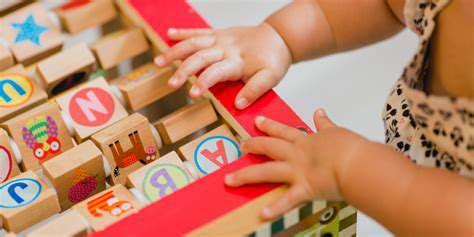
Read more about Unleashing Your Puppy's Potential: The Power of Early Experiences
Hot Recommendations
- The Impact of Early Socialization on a Dog's Interaction with Other Animals
- Car Travel and Puppy Socialization: Making the Journey a Positive Experience
- The Importance of Early Environmental Exposure for Puppy Development
- Taking Your Puppy to the Vet: Positive Socialization Strategies
- Making Training a Positive Experience for Your Puppy
- Public Transportation and Puppy Socialization: A Step by Step Guide
- Safe Socialization: Allowing Others to Pet Your Puppy
- Helping a Puppy Who Struggles with "Stay"
- Positive Puppy Interactions: Making Meetings with New Friends Fun
- No Treats Needed? Training Basic Commands with Verbal Praise


